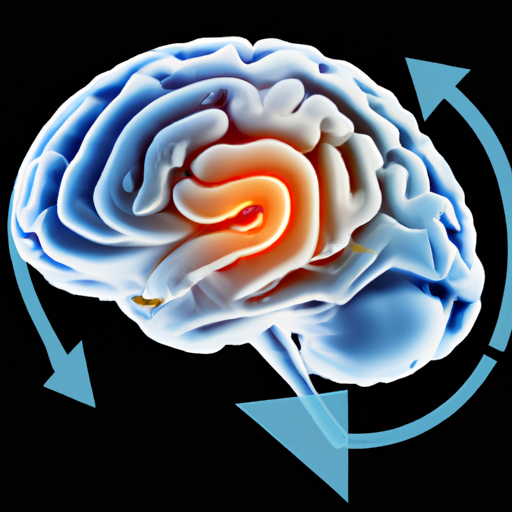Understanding Cushing Reflex: The Body’s Response to Increased Intracranial Pressure
Cushing Reflex, also known as the Cushing Response, is a physiological response of the body to increased intracranial pressure (ICP). It is named after the renowned neurosurgeon Harvey Cushing, who first described this phenomenon in the early 1900s. This reflex is a crucial indicator of a potentially life-threatening condition that requires immediate medical attention.
What is Cushing Reflex?
Cushing Reflex is a complex physiological response that occurs when the brain is under significant pressure due to various conditions such as traumatic brain injury, brain tumors, or bleeding within the skull. The increased ICP compresses the brain, leading to a cascade of events aimed at maintaining cerebral blood flow and oxygenation.
The Mechanism Behind Cushing Reflex
The primary mechanism behind Cushing Reflex involves the brain’s attempt to compensate for the increased pressure by regulating blood flow. When the ICP rises, it compresses the blood vessels within the brain, reducing cerebral blood flow. In response, the body initiates a series of physiological changes to restore blood flow and oxygenation.
Key Components of Cushing Reflex
1. Increased Blood Pressure: The body responds to decreased cerebral blood flow by increasing systemic blood pressure. This compensatory mechanism ensures that an adequate amount of blood reaches the brain despite the increased ICP.
2. Bradycardia: Cushing Reflex often leads to a decrease in heart rate, known as bradycardia. This response is a result of the brain’s attempt to maintain cerebral perfusion by reducing the heart’s pumping rate.
3. Irregular Respiratory Patterns: Another characteristic feature of Cushing Reflex is abnormal respiratory patterns, such as Cheyne-Stokes respiration or central neurogenic hyperventilation. These irregular breathing patterns are the body’s way of trying to maintain oxygenation in the brain.
Significance of Cushing Reflex
Cushing Reflex is a critical clinical sign that indicates severe brain injury or increased ICP. It serves as a warning sign for healthcare professionals to intervene promptly and prevent further damage. Failure to recognize and address Cushing Reflex can lead to irreversible brain damage or even death.
Diagnosis and Management
If Cushing Reflex is suspected, immediate medical attention is necessary. A thorough neurological examination, including monitoring blood pressure, heart rate, and respiratory patterns, is crucial. Diagnostic imaging, such as a CT scan or MRI, may be performed to identify the underlying cause of the increased ICP.
Treatment of Cushing Reflex focuses on reducing intracranial pressure and preventing further brain damage. This may involve the administration of medications to decrease swelling, surgical interventions to relieve pressure, or other specialized interventions based on the underlying cause.
Conclusion
In summary, Cushing Reflex is a physiological response of the body to increased intracranial pressure. It involves a complex cascade of events aimed at maintaining cerebral blood flow and oxygenation. Recognizing the signs of Cushing Reflex is crucial for healthcare professionals to intervene promptly and prevent further brain damage. Understanding this reflex can help raise awareness about the importance of early detection and appropriate management of increased intracranial pressure.




